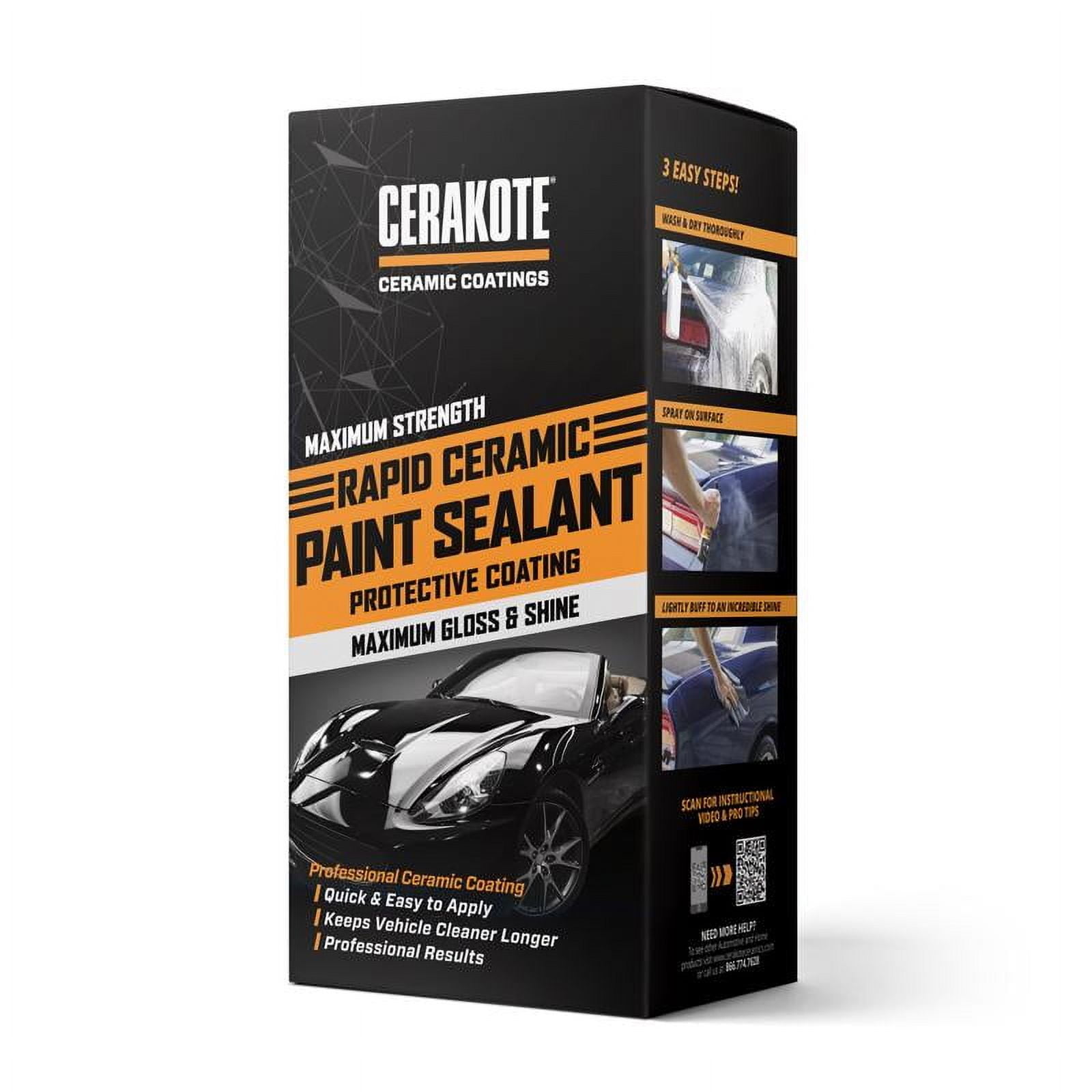Affordable and Reliable Ceramic Coating Philadelphia Solutions for Your Car
Affordable and Reliable Ceramic Coating Philadelphia Solutions for Your Car
Blog Article
Why Ceramic Covering Is the Ultimate Option for a Flawless End Up
Ceramic finishing has actually arised as a leading remedy for those seeking a remarkable surface for their vehicles, many thanks to its impressive durability and safety functions. What aspects really set ceramic finishing apart?
What Is Ceramic Finishing?

When used correctly, ceramic layer creates a hydrophobic surface that drives away water and dirt, making it much easier to clean and preserve. Unlike standard waxes or sealers, which usually supply short-lived protection, ceramic finishes can last for numerous years, depending upon the product quality and application method. The process of applying ceramic finishing needs thorough preparation, including thorough cleaning and often paint adjustment, to guarantee optimal bonding and efficiency.
Ceramic finishes are not restricted to auto surface areas; they can also be made use of on numerous materials, consisting of glass, steel, and plastics, providing a flexible option for improving security. Overall, ceramic covering represents a considerable development in surface protection modern technology, incorporating both aesthetic and useful benefits for a wide variety of applications.
Advantages of Ceramic Covering
While several surface defense choices exist, the advantages of ceramic finishing stick out due to its unique residential properties and durable performance. One of the primary advantages is its phenomenal longevity. Ceramic Coating Philadelphia. Unlike traditional wax or sealers that require constant reapplication, ceramic layers supply a resistant layer that can last for numerous years, significantly minimizing upkeep efforts
One more notable benefit is improved security versus environmental contaminants. Ceramic coatings produce a hydrophobic surface area that repels water, dirt, and different contaminants, making it simpler to cleanse. This feature not only maintains the vehicle's look however also minimizes the danger of corrosion and oxidation, specifically in harsh weather.
Additionally, ceramic finishings offer superior resistance to UV rays, preventing fading and deterioration of paint gradually. This UV protection is critical for preserving the aesthetic value of surface areas and lorries subjected to guide sunlight.
Furthermore, the glossy surface attained with ceramic layer improves the total aesthetic allure, providing surfaces a showroom-quality shine. Generally, ceramic finishes stand for a substantial development in surface area defense modern technology, supplying long-lasting advantages that accommodate both practical and aesthetic demands.
Just How It Works
Understanding the science behind ceramic layers discloses exactly how they give such amazing protection and longevity. At its core, a ceramic layer is a fluid polymer that chemically bonds with the car's factory paint.
The application process includes numerous steps, consisting of surface preparation, which is crucial to attaining optimum adhesion. As soon as applied, the covering goes through a curing process, throughout which it solidifies and creates a semi-permanent bond with the paint surface area. This bond is what differentiates ceramic finishes from typical waxes and sealants, providing a longer-lasting safety obstacle that can sustain for many years.
In addition, the density of the finishing can boost its protective qualities, making sure that it can stand up to severe conditions. Inevitably, the science of ceramic coverings incorporates advanced materials with cutting-edge application methods to supply an unrivaled level of security and aesthetic enhancement for lorries.
Comparison With Standard Techniques
When contrasted to traditional paint security techniques such as waxes and sealers,The benefits of ceramic coatings come to be specifically apparent. While waxes use a short-term sparkle, generally lasting a few weeks to a number of months, ceramic layers give a long-lasting protective layer that can sustain for several years. This longevity considerably decreases the regularity of reapplication, making ceramic finishes an extra affordable remedy over time.
Furthermore, conventional methods usually require comprehensive preparation important source and multiple applications to attain an acceptable degree of protection. In comparison, ceramic layers bond at a molecular degree with the vehicle's surface area, creating a durable guard against ecological pollutants like UV rays, acid rain, and roadway salts. This bond improves the vehicle's resistance to scratches and swirl marks, which are prevalent with standard waxes and sealants.
Additionally, the hydrophobic residential or commercial properties of ceramic finishes ward off water and dirt, leading to much easier cleaning and upkeep. In contrast, wax and sealant-treated surface areas can bring in grime, demanding more frequent cleaning - Ceramic Coating Philadelphia. On the whole, ceramic finishings not only offer premium protection but likewise supply a more visually enticing and enduring surface, developing them as the favored selection for critical vehicle owners
Application and Maintenance Tips

Utilizing a foam applicator, apply the coating in tiny areas, adhering to the manufacturer's standards relating to thickness and overlap. Allow adequate healing time in between coats, typically 1 day, to guarantee correct bonding. After application, it is essential to stay clear of exposure to water or rough elements for a minimum of a week to permit the layer to fully treat.
For maintenance, clean the vehicle frequently with pH-balanced soaps and avoid unpleasant materials. Touchless cars and truck laundries are advised to minimize scraping. Furthermore, using a ceramic upkeep spray can boost the layer's hydrophobic residential properties and longevity. Regular inspections for any indications of wear will assist maintain the layer's stability and protect that immaculate coating.
Verdict
To conclude, ceramic finish arises as a remarkable choice for accomplishing a remarkable vehicle coating. Its exceptional sturdiness, protective qualities, and hydrophobic buildings dramatically improve the car's look while streamlining maintenance initiatives. By developing a robust bond with manufacturing facility paint, ceramic finish effectively guards against scrapes, UV rays, and environmental impurities. With a life-span extending a number of years, this sophisticated service not only preserves yet additionally boosts the total visual charm of cars, making it an affordable investment for cars and truck lovers.

Report this page